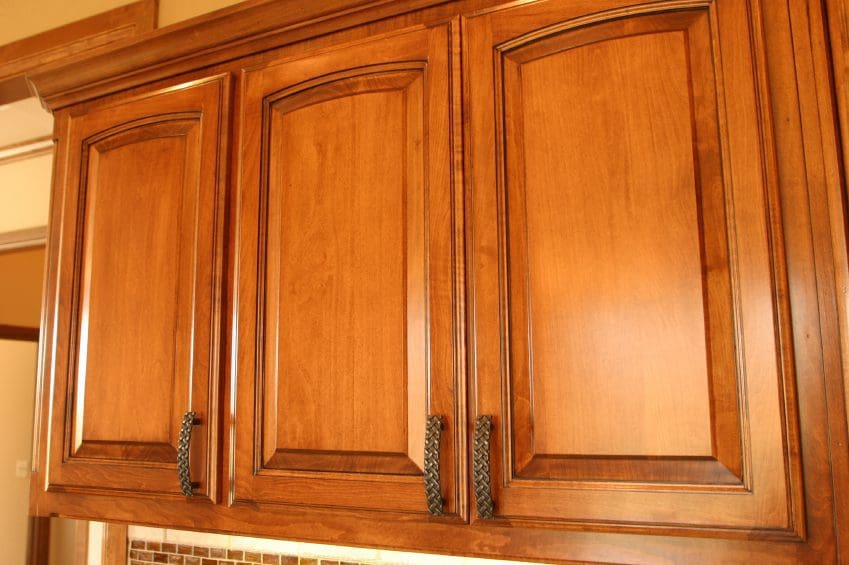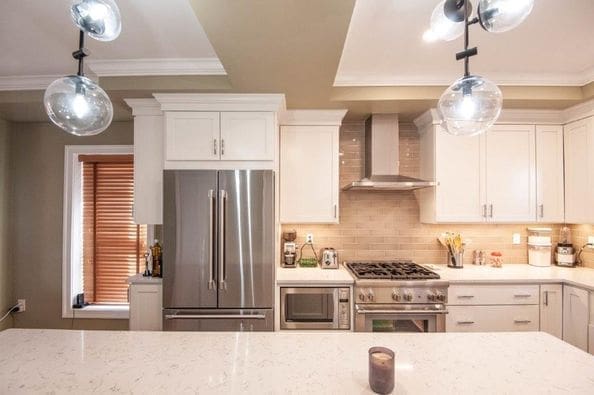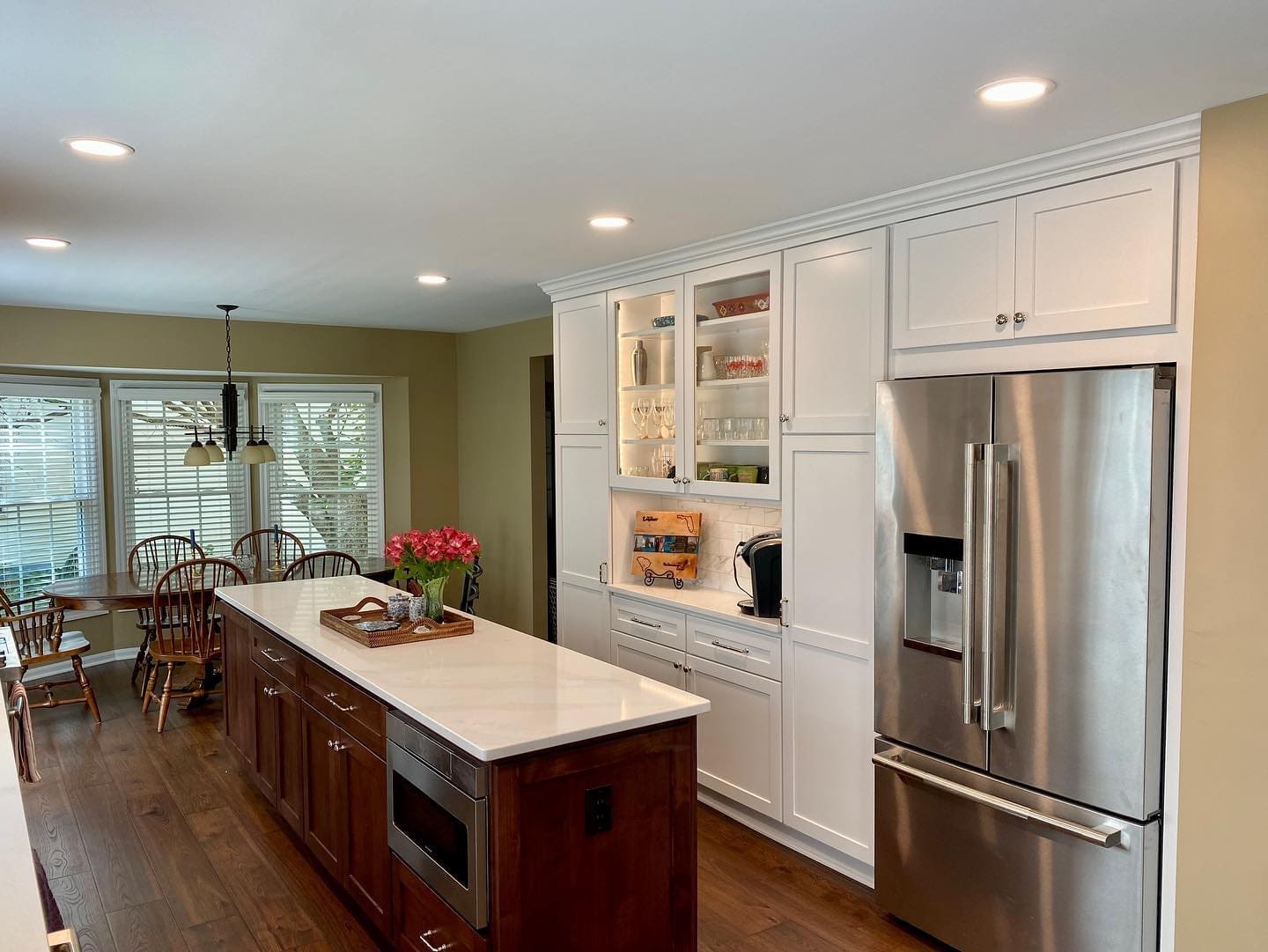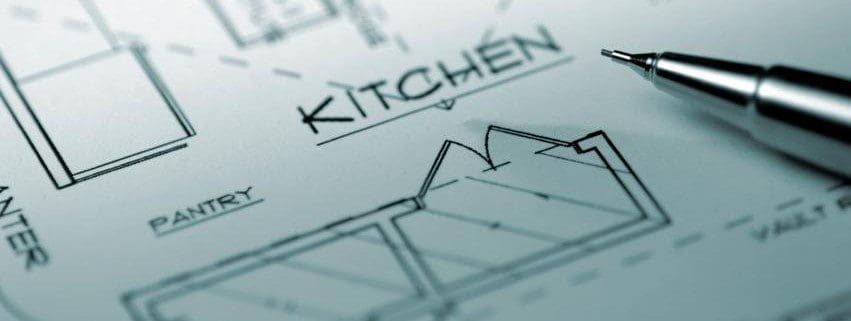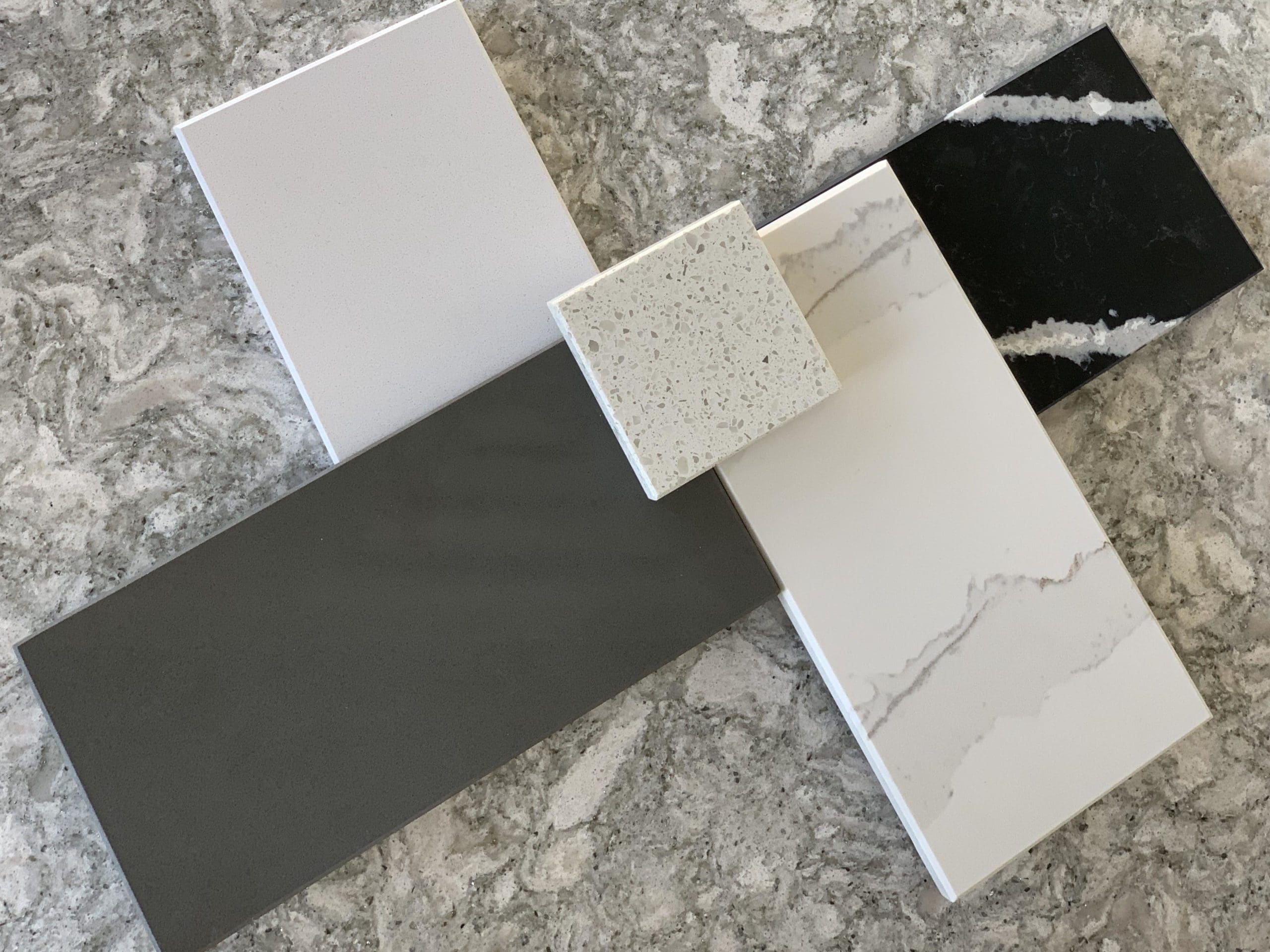A kitchen’s theme is predominately based upon the cabinets that are selected to grace this kitchen. The cabinets, themselves, are merely sturdy wooden boxes that are mounted to the floor or wall. However, the theme of the kitchen is defined by the style of doors being used and, in many cases, the species of wood that these doors and ‘boxes’ are constructed from. In planning your kitchen you’ll want to explore several species of wood as well as door styles to determine which works best for your intended outcome. Don’t be concerned about loving more than one style, or species—that’s normal; and most styles are available in a broad selection of species and colors, so you shouldn’t have to compromise on attaining the exact look and feel of the kitchen that you want.
The More Popular Species of Wood
The first classification that needs to be decided is that of ‘hardwood’ or ‘softwood’. Hardwoods are significantly more popular for cabinetry woods because of their inherent durability and resistance to indentation. Softwoods, like various species of pine for example, are appealing because they are not resistant to indentation and, therefore, the common use of the cabinet (and subsequent blemishes) is actually one of the appealing characteristics of this wood choice. Inasmuch as hardwoods dominate the marketplace and consumer preference, let’s spend more time discussing these popular species.
- Maple – A very hard and tight-grained wood that is a very popular with cabinet manufacturers and cabinet artisans, alike. Depending on the sub-species of maple, it may have a virtually non-descript grain or one that is rather rebellious and random. Its natural color is quite blond but, more often than not, is stained to a multitude of different shades. It stains very evenly and easily. It ‘tools’ well, which means that it cuts very clean and predictably and ornate edges and details are accomplished quite handily. Given its tight grain it sands and finishes smoothly and is more resistant to structural changes which are caused by dramatic changes in humidity.
- Oak – Is also a dominant species in the cabinet world. It has a very pronounced grain that is significantly darker than the body of the wood. Its natural coloration will range from a grayish-blond (white oak) to an amber hue with a mild dispersing of reddish casting (red oak). Oak has a great deal of texture that cannot be removed as its grain will remain visible and forefront regardless of the finish that is used. Because of its dominant grain, which responds to humidity more readily than the balance of the wood, oak is more prone to swelling than maple.
- Cherry – A borderline hardwood species in that it is harder than pine but significantly softer than maple or oak. Cherry is largely popular for its gentle, alluring grain and its warm reddish hue, which becomes much more radiant over time. The nature of the texture in cherry is strictly visual as this wood finishes perfectly smooth.
- Hickory – This species is gaining in popularity because of its irregular grain pattern, uniquely warm color and presence (and stability) of knots. It is a very hard, resilient species that is equally as hard to work with. Like oak, it tends to be rather quirky in environments of unstable humidity and can swell or warp if not constructed properly (choose cross-grained construction vs. solid panels). Hickory is used where a country or casual appeal is desired.
Cabinet Door Details
There are only two different classes of cabinet doors: flat and framed. A flat door, as the name implies, is smooth flat stock that may have squared or turned edges on the perimeter of the basic panel. A framed door consists of three main components: rail, which is the upper and lower section of the frame; stile, which is the left and right vertical section of the frame; and panel which is the center of the door which is being framed by the rail and stile. The framed type of door is the class that will vary in styling. A raised-panel door, for example, means that the center panel is raised to a plane that is more forward than the rail and stile (frame). A recessed-panel door means that the center panel is beneath the plane of the rail and stile. With either of these framed styles, the center panel may be replaced by glass or leaded glass, as well. The rails or stiles may also be modified to lend a more curved visual as with cathedral detailing. As you peruse the different styles, you’ll notice how each wood species takes on an entirely different personality and theme.
The Finish Makes All the Difference
These days, most cabinets are finished with some form of lacquer. This is a finish of choice because it dries so quickly, (enabling multiple coats to be applied in a short time period), is easily maintained and is less likely to experience color variation and deterioration from sun exposure. The ‘stained’ finish of a cabinet is likely to be a colored lacquer that is applied rather than the wood having been stained first, prior to finishing. The levels of sheen of a cabinet finish vary, from a matte, hand-rubbed oil-like finish to an extremely high ‘showroom’ gloss. The gloss level is something you need to pay attention to when you’re putting your kitchen together because you want to make certain that you’re ‘balancing’ sheen and textures in your new kitchen space; and remember, cabinets account for a dominant representation of sheen and texture in the kitchen. It’s always wise to take an actual cabinet door and put it aside your prospective countertop material and floor material to visualize how these go together as these will be the three biggest players in your new kitchen décor.

